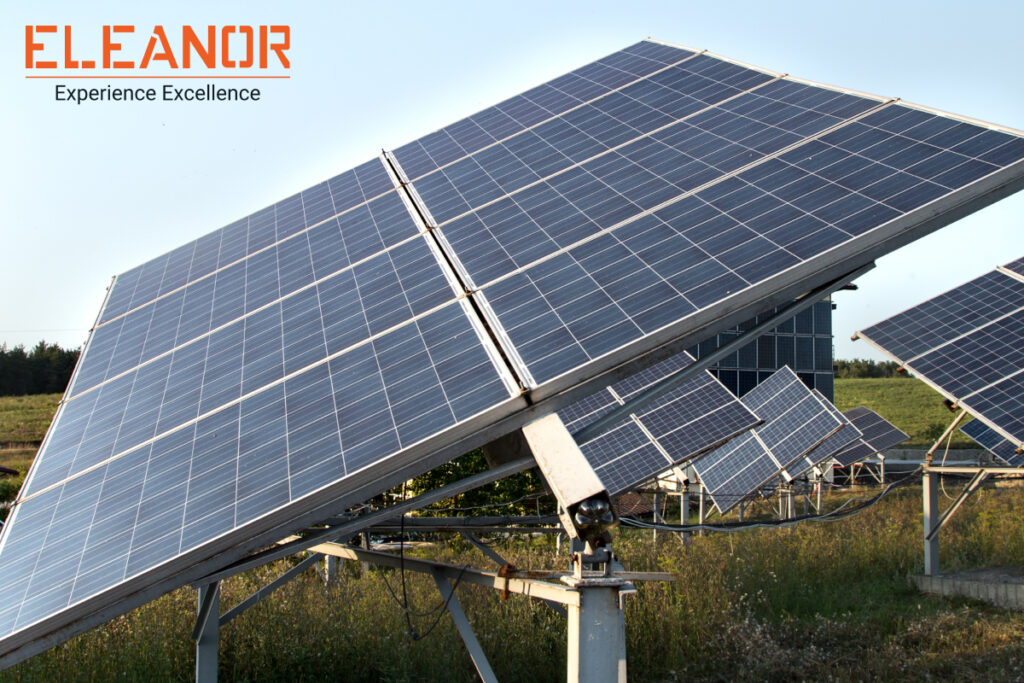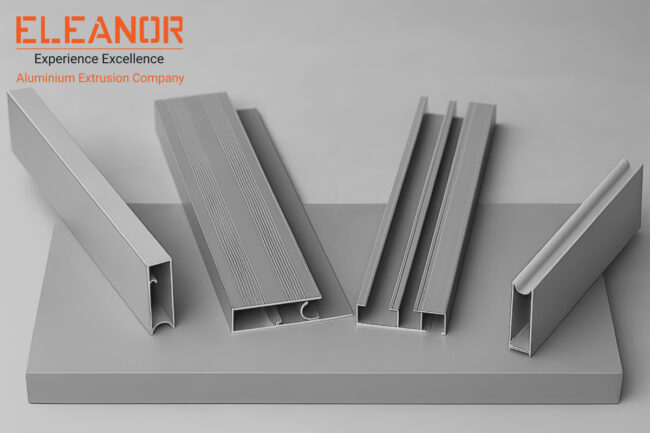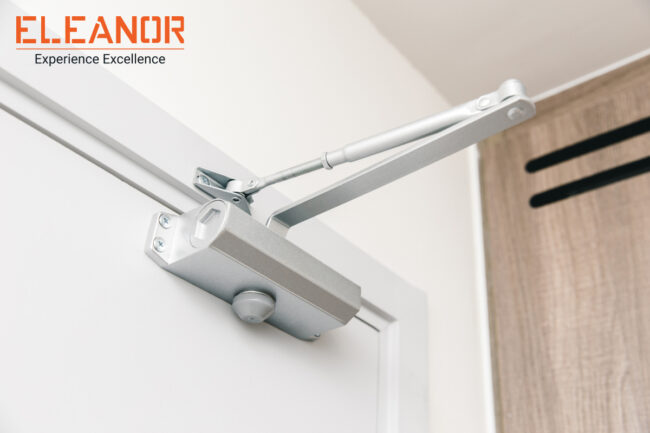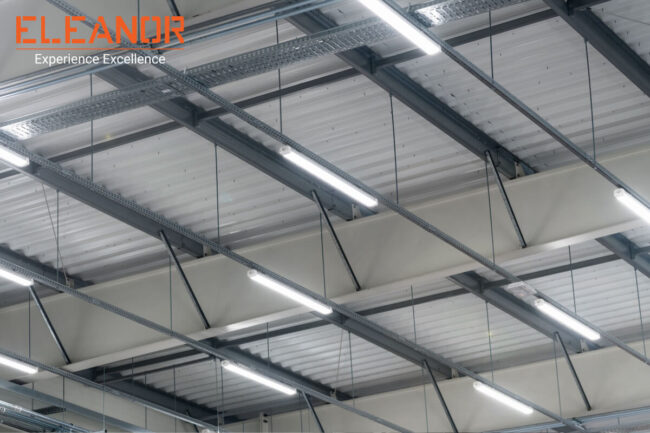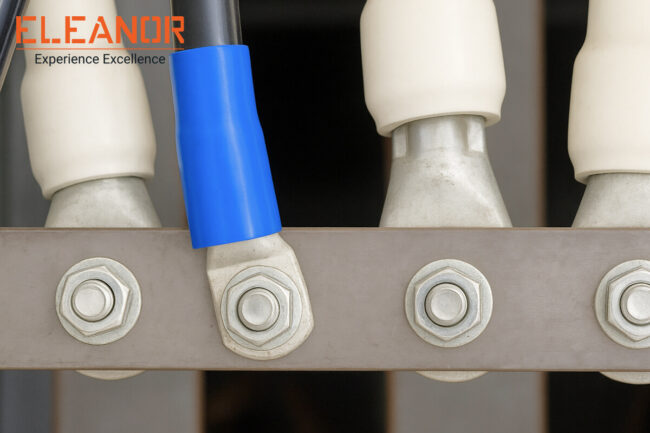Overview
Aluminium’s Role in the Power & Energy Industry
In the power and energy sector, aluminium has emerged as a game-changing material. Its unique properties make it indispensable for applications ranging from solar energy and wind power systems to modern smart grids. With the help of advanced aluminium extrusion profiles, manufacturers are delivering solutions that combine efficiency, durability, and sustainability, ensuring reliable performance across energy infrastructures.
1. Lightweight Yet Strong Material Properties
Aluminium is renowned for being lightweight yet remarkably strong, a combination that enhances its role in work and energy power systems. In applications like solar panels, wind turbine components, and energy transmission structures, reduced weight means easier handling, faster installation, and lower overall costs. The use of aluminium extrusion profiles in these components allows for custom designs that balance structural strength with material efficiency, making them ideal for both renewable and traditional energy applications.
2. High Conductivity for Electrical Applications
One of aluminium’s greatest strengths lies in its excellent electrical conductivity. This makes it a preferred material for power transmission lines, control panels, and busbars within power and energy systems. Compared to other metals, aluminium offers a more cost-effective yet reliable solution for conducting electricity across long distances. In modern solar energy and wind power setups, aluminium conductors and extruded busbars reduce energy losses while maintaining performance. Aluminium extrusion profiles further enable precision engineering for highly efficient electrical components.
3. Sustainability and Recyclability Benefits
Sustainability is at the core of the global transition to clean power and energy systems, and aluminium stands out due to its 100% recyclability without loss of properties. By integrating aluminium extrusion profiles into solar energy and wind power projects, industries can reduce their carbon footprint while ensuring long-lasting performance. Recycled aluminium requires only 5% of the energy needed for primary production, making it one of the most eco-friendly choices in work and energy power applications. Its circular life cycle strongly supports the development of green infrastructure and renewable energy ecosystems.
Aluminium in Solar Energy Systems
Aluminium plays a critical role in advancing power and energy solutions, especially in the rapidly growing sector of solar energy and wind power. Its lightweight nature, high strength, and corrosion resistance make it ideal for framing, racking, and support structures in solar panels.
With the adoption of wind and solar power energy, aluminium ensures long-lasting durability while reducing system weight, which directly impacts installation efficiency and cost savings. aluminium extrusion profile types are widely used to manufacture solar mounting systems, inverter housings, and cable management solutions, ensuring stability in diverse environmental conditions.
Moreover, aluminium enhances work and power energy efficiency by enabling easy recycling and reusability without losing its properties, thus supporting sustainable development. As the demand for renewable infrastructure grows, aluminium remains central to shaping resilient and future-ready solar systems, bridging the gap between design innovation and clean energy goals.
Also Read: Glazing & Facade Systems: Merging Aesthetics with Structural Strength
Aluminium in Wind and Renewable Energy
Aluminium has become a cornerstone in modern power and energy solutions, especially in the field of solar energy and solar power. Its lightweight, corrosion-resistant, and highly durable properties make it ideal for frames, panels, and mounting structures. The flexibility of aluminium extrusion profiles allows manufacturers to design innovative structures that maximize efficiency while reducing installation and maintenance costs.
In the context of wind and solar power energy, aluminium plays a vital role in enabling scalable, sustainable solutions. Solar farms, rooftop installations, and hybrid systems that combine solar energy and wind power all rely on aluminium components for long-lasting performance under harsh environmental conditions.
Furthermore, aluminium’s recyclability ensures that these systems align with global sustainability goals. By using aluminium extrusion profiles in solar modules, the industry creates eco-friendly infrastructure that not only supports renewable growth but also paves the way for smarter, cleaner grids.
Aluminium in Smart Grids & Power Transmission
- Aluminium Conductors for Overhead Power Lines
Aluminium conductors are the backbone of modern power and energy networks. Lightweight yet strong, they replace copper in most overhead power lines due to their excellent conductivity and cost-efficiency. With the rapid adoption of solar energy and wind power, aluminium ensures long-distance transmission with minimal energy loss. Its durability and corrosion resistance make it ideal for high-voltage lines that connect renewable sources like solar energy and solar power plants to the grid. - Role in Reducing Transmission Losses
One of the greatest challenges in power distribution is transmission loss. Aluminium’s high conductivity-to-weight ratio allows manufacturers to design efficient conductors that reduce resistance and maintain stability in smart grids. When integrated with renewable sources such as solar energy and wind power, aluminium optimizes performance, making grids more resilient and sustainable. The use of aluminium extrusion profiles in supporting structures and connectors further enhances energy efficiency while reducing operational costs. - Integration in Control Panels, Lugs, and Busbars
Beyond transmission lines, aluminium plays a critical role inside substations and industrial systems. Aluminium extrusion profiles are widely used for control panels, lugs, and busbars, providing excellent electrical conductivity and heat dissipation. For industries shifting towards power and energy systems driven by solar energy and solar power, aluminium offers scalable solutions that ensure reliability and long-term performance. Busbars and lugs designed from extruded aluminium not only reduce weight but also simplify installation, making them a preferred choice for modern grid infrastructure.
Aluminium for Energy Storage Solutions
Energy storage is a cornerstone of the modern power and energy landscape, bridging the gap between generation and demand. With the rise of solar energy and wind power, the need for efficient, lightweight, and durable storage systems has become critical. This is where aluminium plays a transformative role.
Thanks to its excellent strength-to-weight ratio, corrosion resistance, and recyclability, aluminium is increasingly being used in the design of battery enclosures, thermal management systems, and large-scale storage frameworks. Aluminium extrusion profiles provide the precision and structural stability required to manufacture compact yet durable components for renewable energy storage.
For solar energy and solar power systems, aluminium’s role in housing batteries and supporting infrastructure ensures higher efficiency and longer life cycles. In wind power projects, it offers robust storage solutions capable of withstanding harsh environmental conditions.
By integrating aluminium into energy storage, industries can unlock scalable, sustainable, and cost-effective solutions that strengthen the backbone of smart grids and renewable networks worldwide.
1. Use in Battery Casings and Cooling Systems
In the power and energy sector, aluminium is increasingly being used in advanced battery casings due to its lightweight, corrosion resistance, and high thermal conductivity. These features make aluminium the preferred material for battery enclosures in solar energy and wind power applications, ensuring durability and safety while reducing overall system weight. Additionally, aluminium’s superior heat-dissipation properties allow for efficient cooling systems, extending battery lifespan and performance.
2. Aluminium Heat Sinks for Energy Management
Energy storage systems require precise temperature control to ensure safety and efficiency. Aluminium extrusion profiles are used to manufacture heat sinks that manage the thermal load of batteries, inverters, and control units. These profiles allow for customizable designs tailored to specific storage applications, making them integral to the future of solar energy and solar power systems. By controlling heat effectively, aluminium enhances the reliability of renewable infrastructure.
3. Potential Role in Next-Gen Storage Technology
As the world transitions to clean energy, aluminium’s role in next-generation storage technology is becoming more significant. Its recyclability and cost-effectiveness position it as a sustainable choice for large-scale energy storage solutions. With innovations in aluminium extrusion profiles, researchers and engineers are exploring aluminium’s potential in advanced cooling techniques, high-capacity battery casings, and structural supports for hybrid systems. This makes aluminium a key enabler of the power and energy sector’s long-term shift to renewable infrastructure.
Also Read: How Aluminium Profiles Are Redefining Corporate Office Furniture Trends
What are the Advantages and Disadvantages of Solar Power Energy?
The global demand for cleaner and more efficient power and energy solutions is pushing industries toward renewable resources like solar energy and wind power. In this transition, aluminium plays a crucial role. With the help of aluminium extrusion profiles, industries are developing advanced systems that ensure durability, lightweight strength, and high conductivity. From aluminium solar profiles in panel mounting to smart grid infrastructure, aluminium is helping bridge the gap between sustainability and performance.
Advantages of Solar Power Energy
- Clean and Renewable Source of Energy
Solar power is one of the most sustainable forms of solar energy and solar power. It reduces dependence on fossil fuels, cuts greenhouse gas emissions, and supports global sustainability goals in the power and energy sector. - Compatibility with Aluminium Solar Profiles
The use of aluminium solar profiles enhances the durability, strength, and corrosion resistance of solar installations. Lightweight aluminium extrusion profiles allow for easier assembly, transport, and installation, making solar infrastructure more cost-efficient. - Energy Independence and Cost Savings
By investing in solar panels, industries and individuals can reduce electricity bills and create self-sufficient energy systems. Combining solar energy and wind power further enhances reliability and independence from grid fluctuations. - Scalability for Power and Energy Applications
Solar power can be scaled for residential, industrial, or large-scale renewable projects. With the integration of smart grids, aluminium-backed infrastructure ensures solar power supports modern energy demands effectively.
Disadvantages of Solar Power Energy
- Weather and Location Dependency
The efficiency of solar energy and solar power relies on sunlight availability. Cloudy regions or limited rooftop space can affect performance, making solar less consistent compared to other power and energy sources. - Initial Investment Costs
Though costs are declining, the setup of solar infrastructure still requires significant upfront investment. Aluminium-based frames and aluminium extrusion profiles help lower long-term maintenance, but initial affordability can be a barrier. - Storage Challenges
Solar power production is limited to daylight hours. Effective energy storage solutions, such as batteries, are needed to ensure uninterrupted supply, especially when combined with solar energy and wind power systems. - Space Requirements
Large-scale solar farms require substantial land or rooftop area. While aluminium solar profiles make systems more compact and lightweight, land-intensive setups remain a drawback for urban areas.
What is the difference between energy and power?
When discussing power and energy, people often use these terms interchangeably, but they represent different concepts that are critical in the context of solar energy and wind power applications.
- Energy is the total capacity to do work. It represents the amount of electricity generated, stored, or consumed over time. For example, solar energy and solar power from photovoltaic systems is stored and measured in kilowatt-hours (kWh).
- Power, on the other hand, is the rate at which energy is used or produced. It is measured in kilowatts (kW) and tells us how quickly the energy can be supplied to a system.
In the modern world of power and energy, aluminium plays a vital role in bridging these two concepts. Its lightweight, corrosion-resistant, and highly conductive properties make it indispensable in solar energy and wind power infrastructure. From transmission lines to structural sections in solar panels, aluminium ensures that both solar energy and solar power systems are efficient, reliable, and scalable.
Drive Renewable Growth with Advanced Aluminium Solar Profiles Today!
From solar energy and wind power to next-generation smart grids, aluminium has become the backbone of innovation in the power and energy sector. Its lightweight strength, durability, and adaptability make it indispensable for creating efficient and sustainable solutions. Whether in solar energy and solar power systems, wind turbines, or energy transmission infrastructure, aluminium ensures reliability and longevity. As an extruded aluminium products manufacturer in India, Eleanor Industries continues to drive progress by delivering advanced profiles tailored to the evolving needs of the energy industry. By integrating aluminium into renewable infrastructure, we are not just powering systems-we are empowering a greener, more resilient future.
